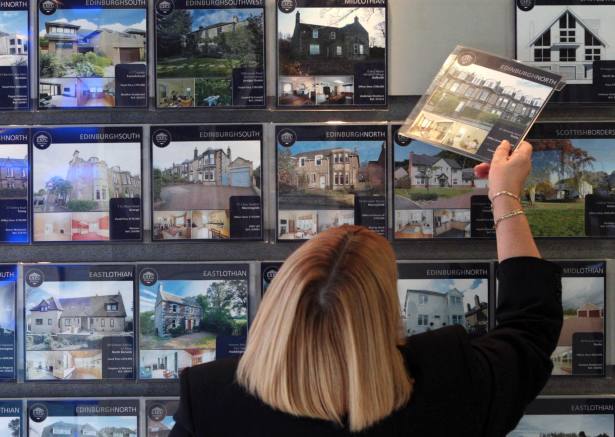Landlords have raised concerns that the change will make it more difficult for them to evict tenants who fail to pay rent or damage properties.
The IMLA has called for a streamlining of other types of eviction to offset the effect this might have – although it has also acknowledged that Scotland has already removed Section 21 “without a serious impact of supply”.
Scotland’s buy-to-let market continues to perform well, with credit broker Totally Money highlighting areas of Glasgow, Falkirk, Aberdeen and Kilmarnock as among the highest yielding in the UK for 2019-20.
David Alexander, joint managing director of property services company DJ Alexander, says the tax change could mean “many landlords feel the market is just no longer viable”, despite a recent uptick in rental growth.
“For many landlords their net income may be 50 per cent to 75 per cent less over the last three years with lower returns to come in the coming year and the prospect of a smaller capital return when they exit,” Mr Alexander says.
“For those landlords in Scotland the situation is slightly worse as taxation is higher. Over the last three to four years it has become more expensive to buy a rented property, more expensive to run it, and less profitable to sell it.”
Property investors should review their finances, property operations and the returns they are achieving to assess whether they can improve anything, Mr Alexander adds.
In its 2020-21 market outlook, IMLA says that the key issue for the buy-to-let market over the “medium to longer term” centres on “whether the tax and regulatory changes designed to limit the desirability of buy-to-let as an investment and shift power from landlord to tenant will reverse the growth of the PRS [private rented sector]”.
“With little indication that the social rented sector will be expanded sufficiently to meet the growth in demand for rented accommodation, it seems that the PRS should remain reasonably robust in the face of higher tax and regulation,” IMLA says.
2020 and beyond
Despite these headwinds, underlying strong demand from tenants is expected to support the buy-to-let lending market.
Growth in this type of lending has been running at roughly 4 per cent a year over the past few years, according to IMLA data – a trend the trade body expects to continue over the next couple of years as house prices rise.
Mr Alexander adds: “Rising house prices, a scaling up of social housing and growth in the PRS through buy-to-rent means that more people will find homes that they want to live in, in areas that they desire, at a price they can afford.







